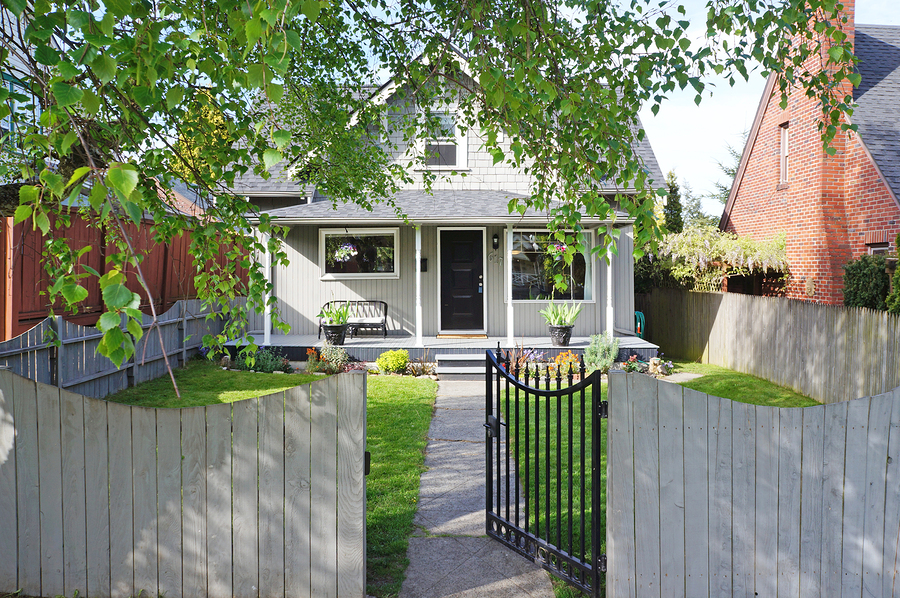Contact Us
Categories
- Kentucky Consumer Protection Act
- Judgment creditors
- Fractional Investment
- Section 1031 transactions
- Investment
- U.S. Supreme Court
- Closing
- Closing Disclosure
- Good Faith Estimate
- HUD-1 Settlement Statement
- Kentucky minimum wage
- Lenders
- Minimum wage
- Truth in Lending Act
- “Know Before You Owe”
- Arbitration
- Breach
- Condemnation
- Dodd-Frank Act
- Home Equity Conversion Mortgages (HECMs)
- Mortgage
- Reverse mortgages
- Zoning Regulations
- Affordable Housing
- Commercial Real Estate
- Economic Development
- Land Use Law
- Landlord
- Lease
- Planning and Zoning
- Property Titling
- Purchase Contract
- Real Estate Law
- Rescission
- Same-Sex Couples
- Tenant
- URLTA
- Agritourism
- Deed
- Drones
- Homeowners Association
- Land Surveys
- LBAR
- National Association of Realtors (NAR)
- Plat
- Property Lines
- Property Survey
- Real Estate Agents
- Rural Areas
- Trulia
- Uncategorized
- Zillow
- Benningfield v. Zinmeister
- Boards of Adjustment
- Building Inspection
- Co-Signing
- Code Enforcement
- Commercial Lease
- Conditional uses
- Condominium
- Deeds
- Dog owners
- Emergency Preparedness
- Emotional Support Animals
- ESIGN
- Exclusive Use Clause
- Federal Housing Administration (FHA)
- Horizontal Property Law
- Inspection
- Insurance Companies
- Insured
- Kentucky Condominium Act
- KRS 383.500
- KRS §258.235(4)
- KRS §383.580
- Loans
- Multi-unit properties
- Natural Disasters
- Occupancy Fraud
- Overlay Zoning
- Screening
- Security Deposit
- Servicers
- Steenrod v. Louisville Yacht Club Association
- Title Insurance Policies
- U.S. Department of Housing and Urban Development
- Variances
- Zoning Ordinance Text Amendment
- "Right-of-Way Agents"
- Bluegrass Pipeline
- Boilerplate Language
- Conservation Easement
- Consumer Financial Protection Bureau (“CFPB”)
- Credit Report
- Credit Score
- Easement
- Eminent Domain
- FICO
- General Forms
- Homebuyers
- Kentucky landowners
- Power of Attorney ("POA")
- The Loan Estimate form
- Truth in Lending Statement
Overlay zoning
Many communities that have adopted zoning laws governing the uses that are allowed in the various zones have also adopted overlay zones that control the same property. Overlay zones are just that -- they add another layer of regulation to those that control the underlying zone. Overlay zones are intended to add additional protection the underlying area. The most common types of overlay zones are intended to protect historic areas, neighborhoods or buildings with unique characteristics or environmentally sensitive areas.
Overlay zones can be a trap for the unwary and can add significant time and cost to projects, especially if an owner or his contractor is unaware that the property is subject to overlay regulations in addition to the underlying zoning requirements. For example, if the owner calls the zoning enforcement officer in advance to find out what permits are required to replace a fence or a structure in a residential zone, the response is likely to omit information about the additional requirements in an overlay zone unless the specific question is asked. Based on the incomplete information from the phone call, the owner may have placed a special order for a fence, or paid for a particular architectural design, only to discover that the type of fence or the special design is not permitted in the overlay zone. The best way to avoid this situation is to either provide the building inspection office the exact address of the property and ask the staff if it is governed by an overlay zone in addition to the underlying zone. Alternatively, property owners should hire experienced design or legal professionals who can verify the governing zoning regulations before ordering materials or plans for a specific project that are incompatible with the overlay zone requirements.
However, in the example above, if the fence is already ordered or the owner wants a particular design, it may still be possible to obtain approval for it. Land use procedures for underlying zones go to boards of adjustment or planning commissions, but approvals and appeals for overlay zone generally to boards that have been created to handle these matters. These boards apply specially adopted guideline and standards to determine if the improvement meets the requirements of the overlay zone. Decisions are made in a public hearing and letters are sent to neighboring property owners informing them of the topic to be discussed. A favorable outcome is more likely to occur if surrounding owners do not object, but even with objections, a reasonable good faith justification goes a long way in securing approval from the board.
If the board votes to disapprove the requested relief, at least one further appeal is generally built in to the governing regulations, either to a land use body, such as the planning commission or directly to court. While appeals to a different land use body have a good chance of success, it is difficult to obtain a court verdict reversing a board’s decision due to the standard of review courts apply to reviewing such matters. The time and cost of a court appeal is also substantial. Accordingly, doing homework at the planning stage of a contemplated improvement will save a lot of frustration, time, and expense in obtaining approval for work on properties in overlay zones.
Services may be performed by others.
This article does not constitute legal advice.


